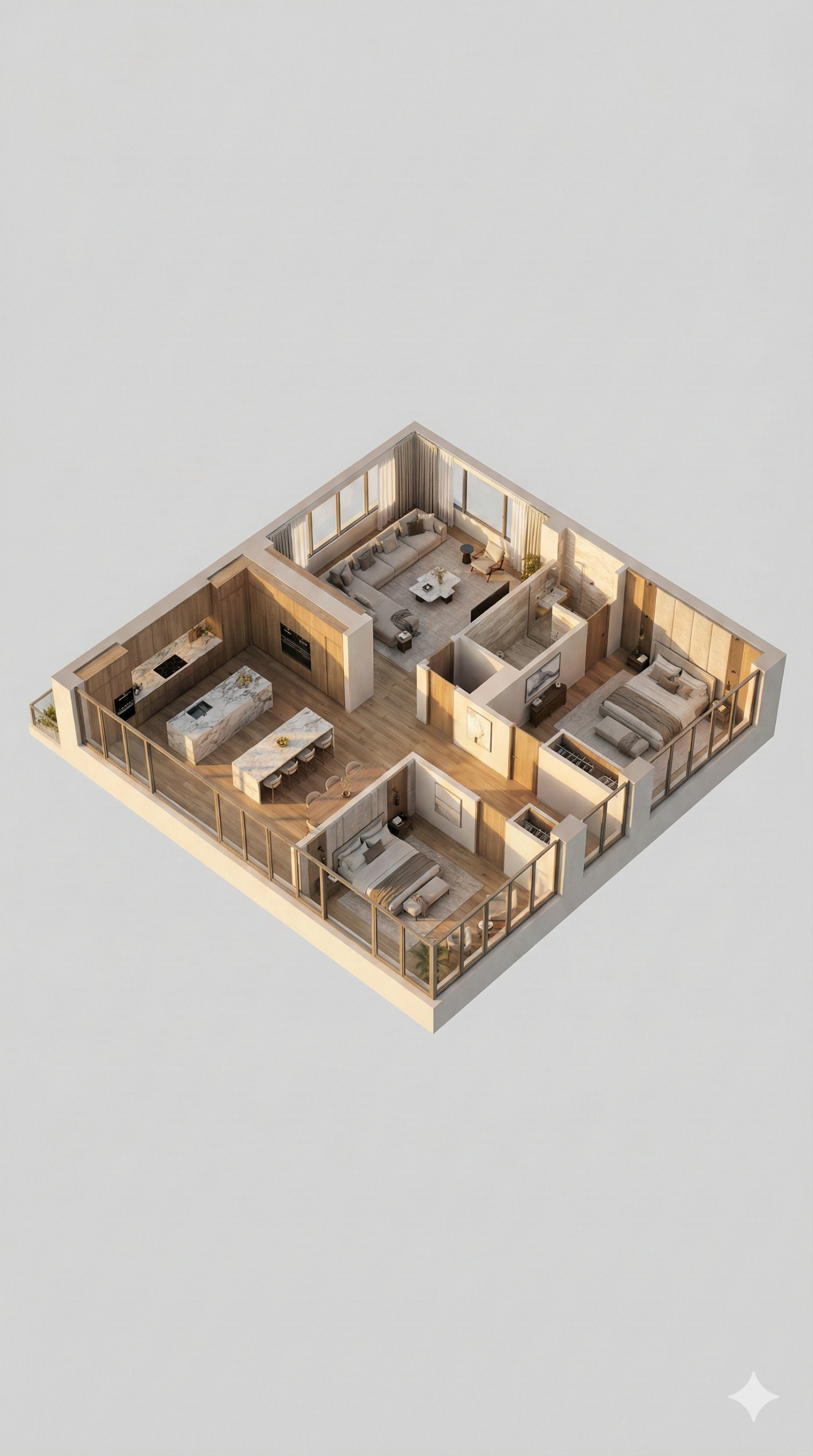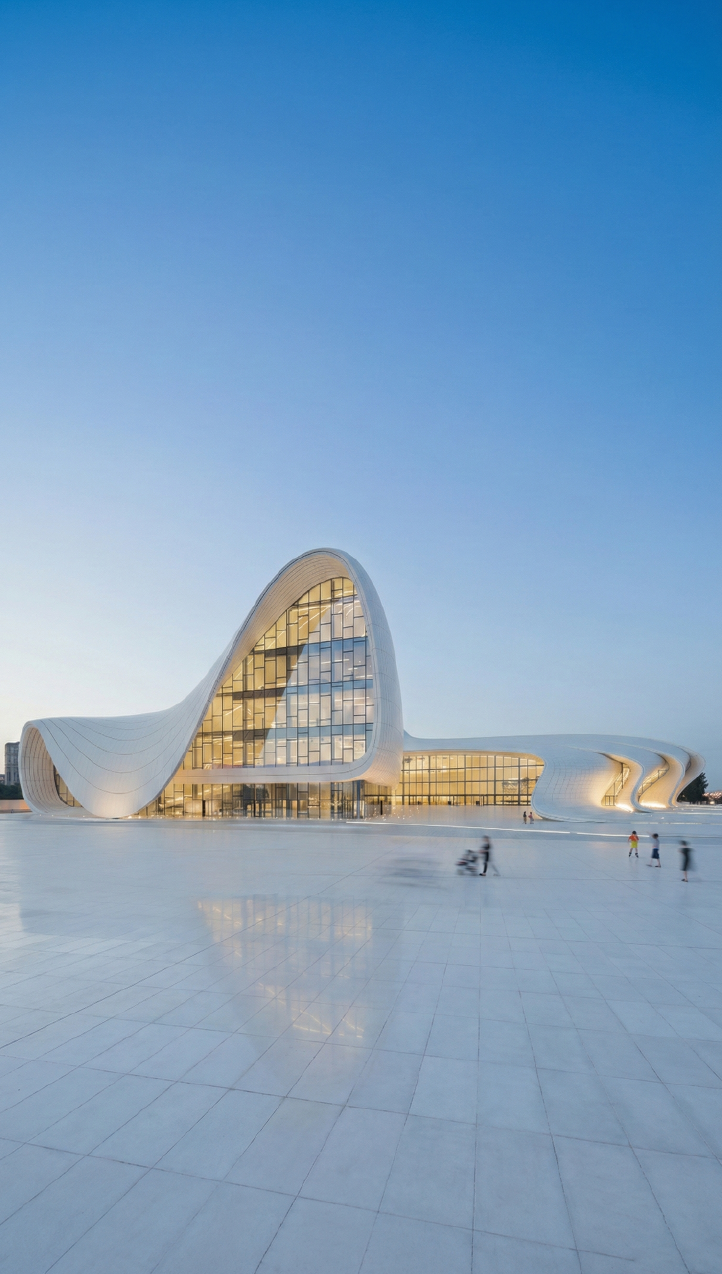Do we need biophilic design?
Let’s be honest: we weren’t meant to live under fluorescent lights all day. Yet here we are, spending over 90% of our lives indoors, surrounded by drywall and HVAC systems. Ever wonder why a walk in the park feels like a mental reset? That’s biophilia at work, our innate need to connect with nature.
And that’s exactly what Biophilic Design is all about: bringing that natural connection back into our homes, offices, schools, and cities through thoughtful, intentional architecture. It’s not about tossing a few plants in the lobby and calling it a day. It’s about designing spaces that help us breathe, focus, heal, and live better.
So if you’re an architect, developer, builder, or real estate pro looking to elevate your projects and your clients’ lives—keep reading. Let’s dig into what biophilic design is, why it matters more than ever, and how to actually make it work.
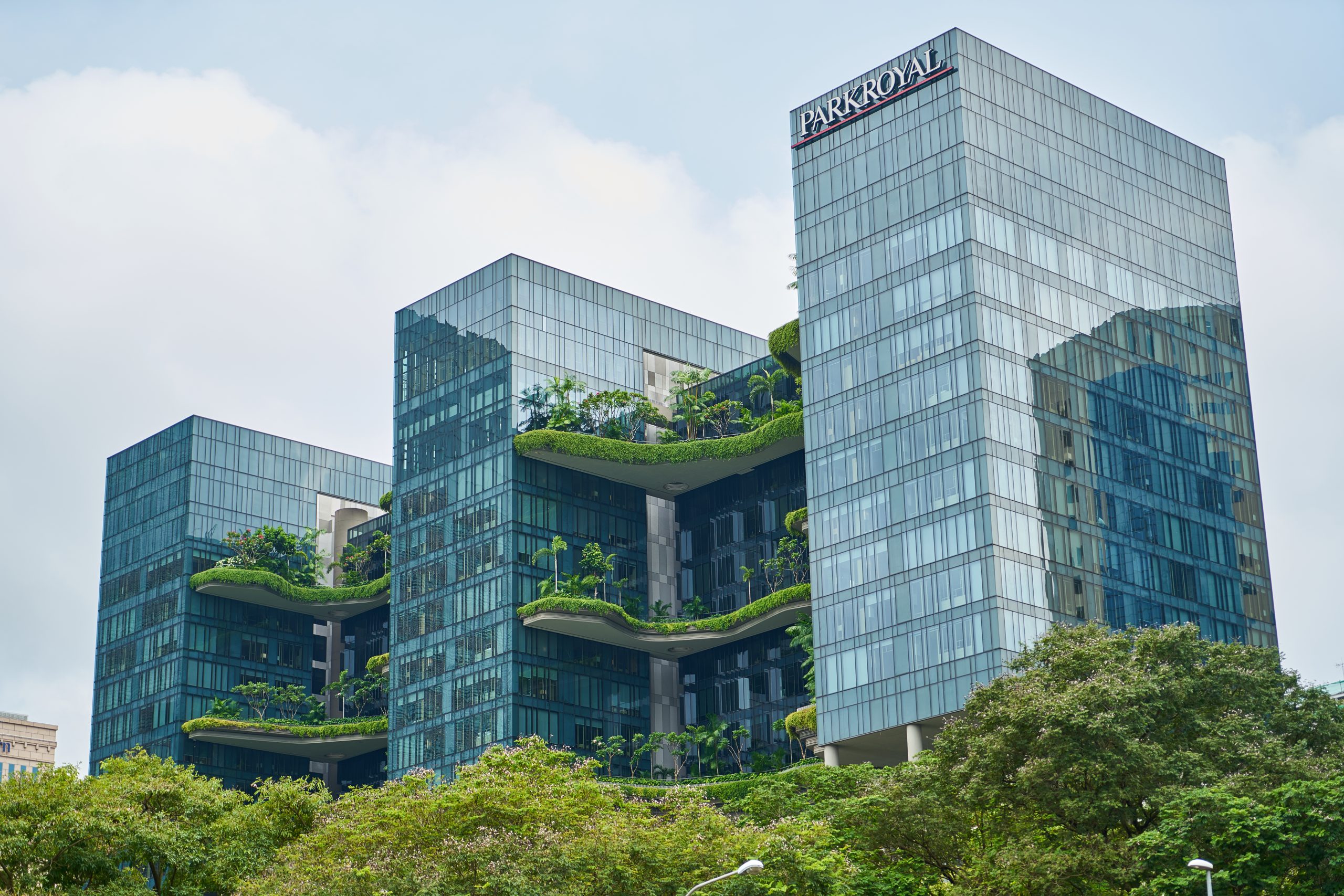
What Is Biophilic Design in Architecture?
Coined by biologist Edward O. Wilson and expanded by social ecologist Stephen Kellert, biophilic design is grounded in one simple but powerful truth: humans evolved in nature, not in buildings. For 99% of our history, we lived outdoors—relying on natural light to set our rhythms, fresh air to survive, and surrounding landscapes for food, safety, and comfort.
But modern architecture often overlooks that ancient wiring. Somewhere between the industrial revolution and the open-office plan, we built environments that are efficient—but not always human-centered.
Biophilic design brings us back
It’s the intentional practice of designing spaces that evoke the emotional, physical, and psychological benefits of being in nature—even when we’re surrounded by glass, steel, and concrete.
This doesn’t mean adding a few succulents to your desk or hanging a forest photo on the wall. Biophilic architecture is multi-dimensional. It integrates natural light, organic airflow, locally sourced materials, views of greenery, and patterns found in the wild—like fractals, textures, curves, and movement.
It also focuses on how spaces make us feel. Can you hear birds outside? Do the shadows change with the day? Are there cozy nooks that feel like shelter? Is there a sense of discovery?
In short, biophilic design doesn’t copy nature: it collaborates with it. It turns buildings into living systems that support health, boost creativity, and foster emotional connection to place. It’s about reawakening something deeply human and designing with life in mind.
Key Principles of Biophilic Design
- Evolutionary needs: We’re drawn to what helped us survive—sunlight, greenery, fresh air, flowing water.
- Multisensory connection: It’s about what we see, hear, touch, and feel.
- Emotional attachment: The spaces we love, we care for.
From monasteries with cloister gardens to Apple Park in Cupertino, biophilic design has evolved into a design philosophy that turns spaces into experiences.
Why Biophilic Design Matters More Than Ever
Let’s talk facts, a 2019 study from Aarhus University found that:
- Kids exposed to nature were 55% less likely to develop mental health issues.
- Offices with natural light and greenery show an 8% increase in productivity and 13% rise in well-being.
- In the hospitality industry, guests are willing to pay up to 23% more for hotel rooms that offer views of nature, highlighting the growing value of biophilic design.
Biophilic design delivers:
- Mental health gains: Less stress, more clarity.
- Physical wellness: Lower blood pressure, improved recovery times in hospitals.
- Business value: Better performance, higher property value, and yes—better ROI.
In a world where burnout is everywhere, biophilia is more than a design trend. It’s a strategy for living well.
Real-World Examples of Biophilic Design
Need proof that biophilic design works? Just look around. These projects set the gold standard:
Apple Park – Cupertino, California
9,000+ trees, natural ventilation, a central garden, and light-filled interiors make it feel more like a national park than a tech HQ.
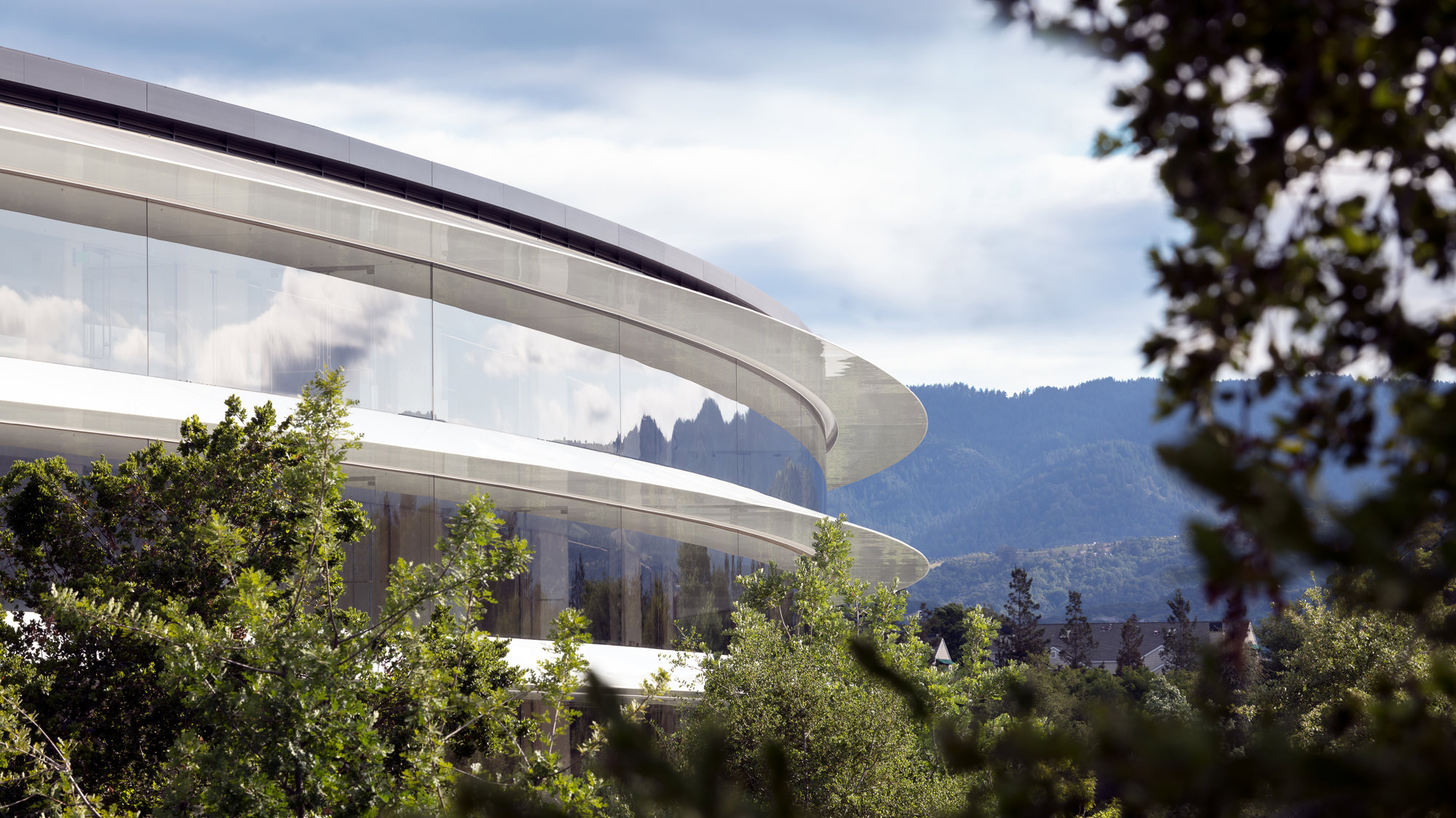
Bosco Verticale – Milan, Italy
Two residential towers wrapped in over 20,000 plants, filtering air and lowering temperatures naturally.
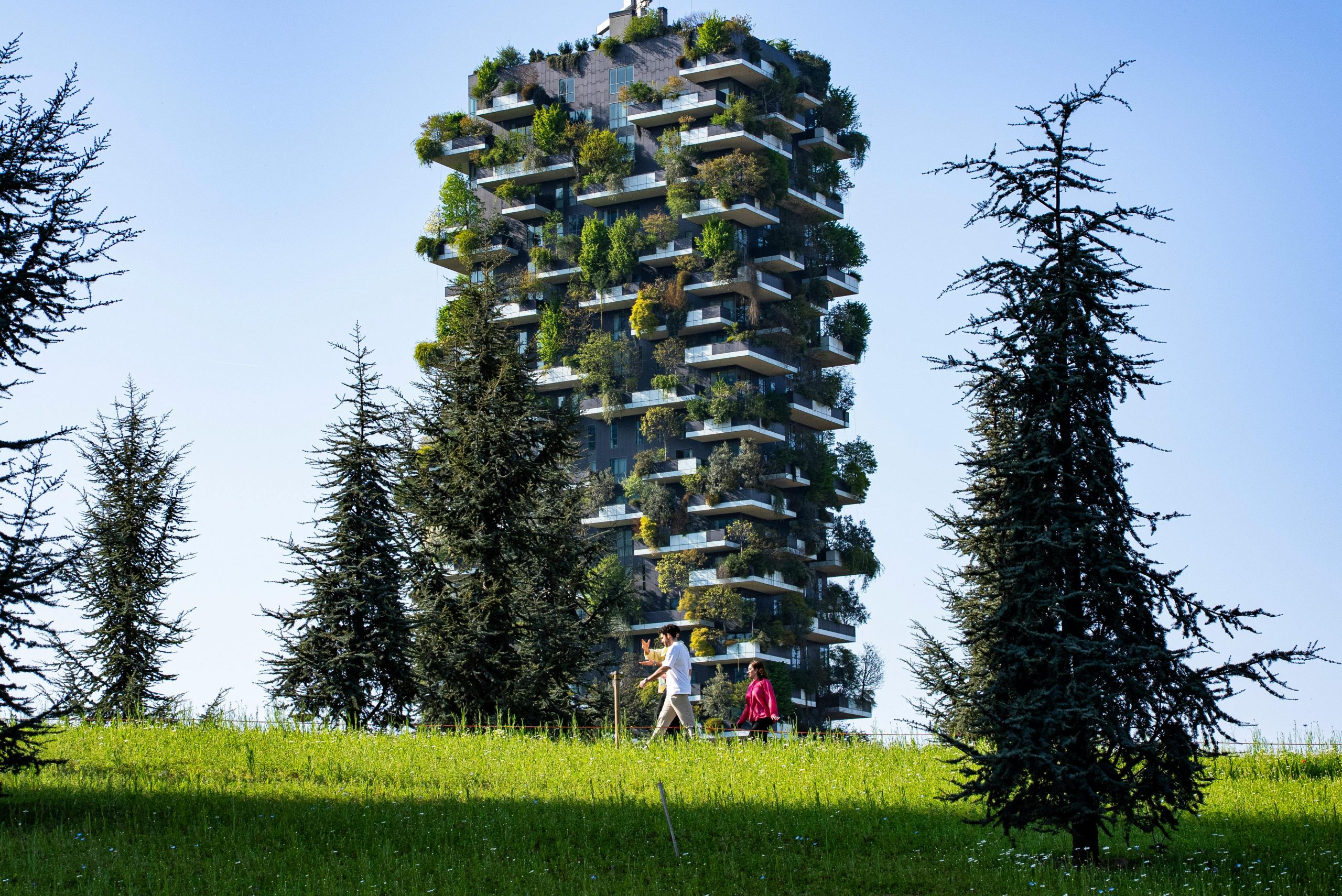
The Amazon Spheres – Seattle, Washington
Amazon built literal biospheres as part of their HQ: 40,000+ plants, curated microclimates, and collaborative zones.
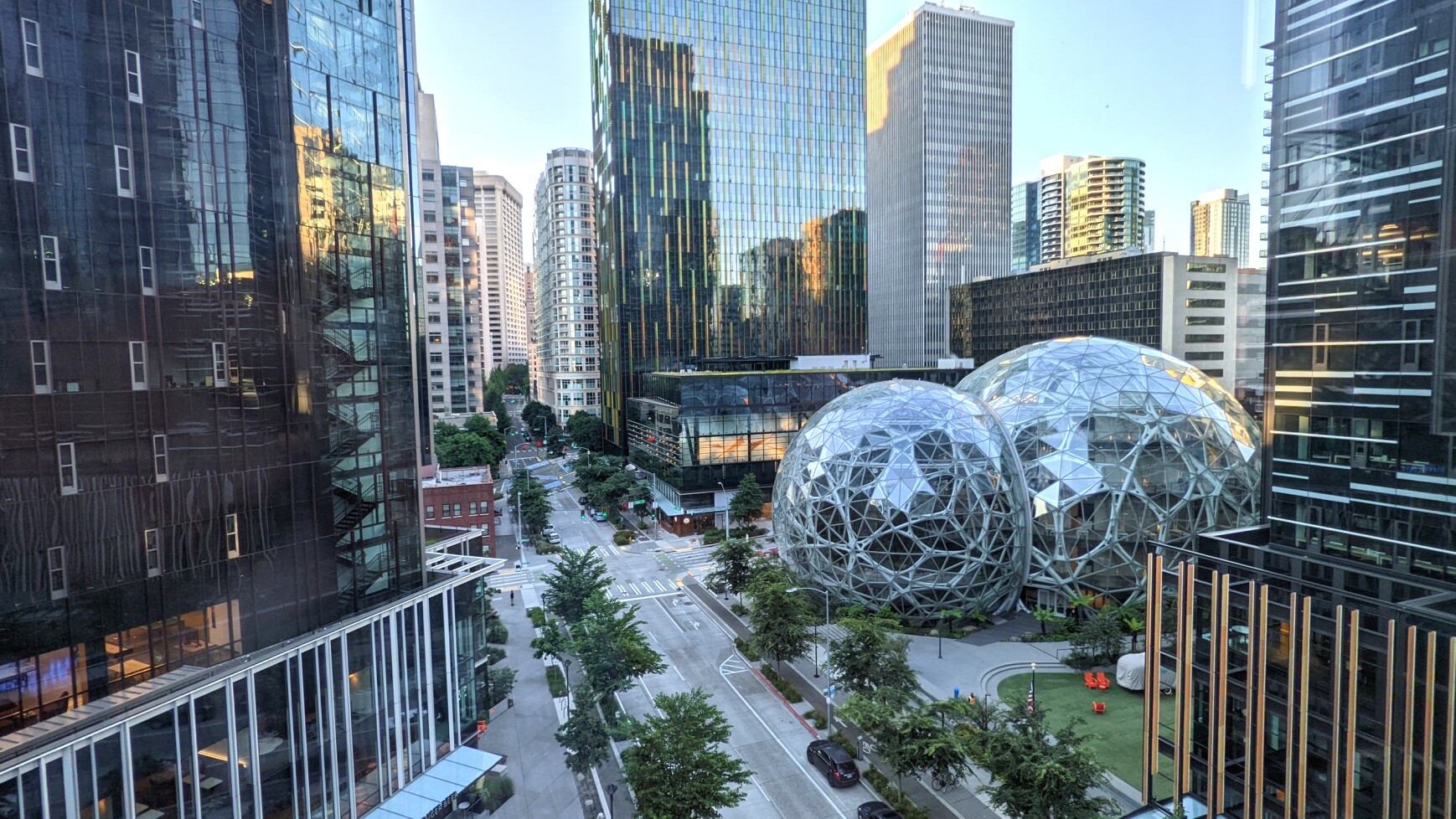
The Jewel – Singapore
An airport complex featuring the world’s largest indoor waterfall and over 100,000 plants. Yes, it’s still an airport.
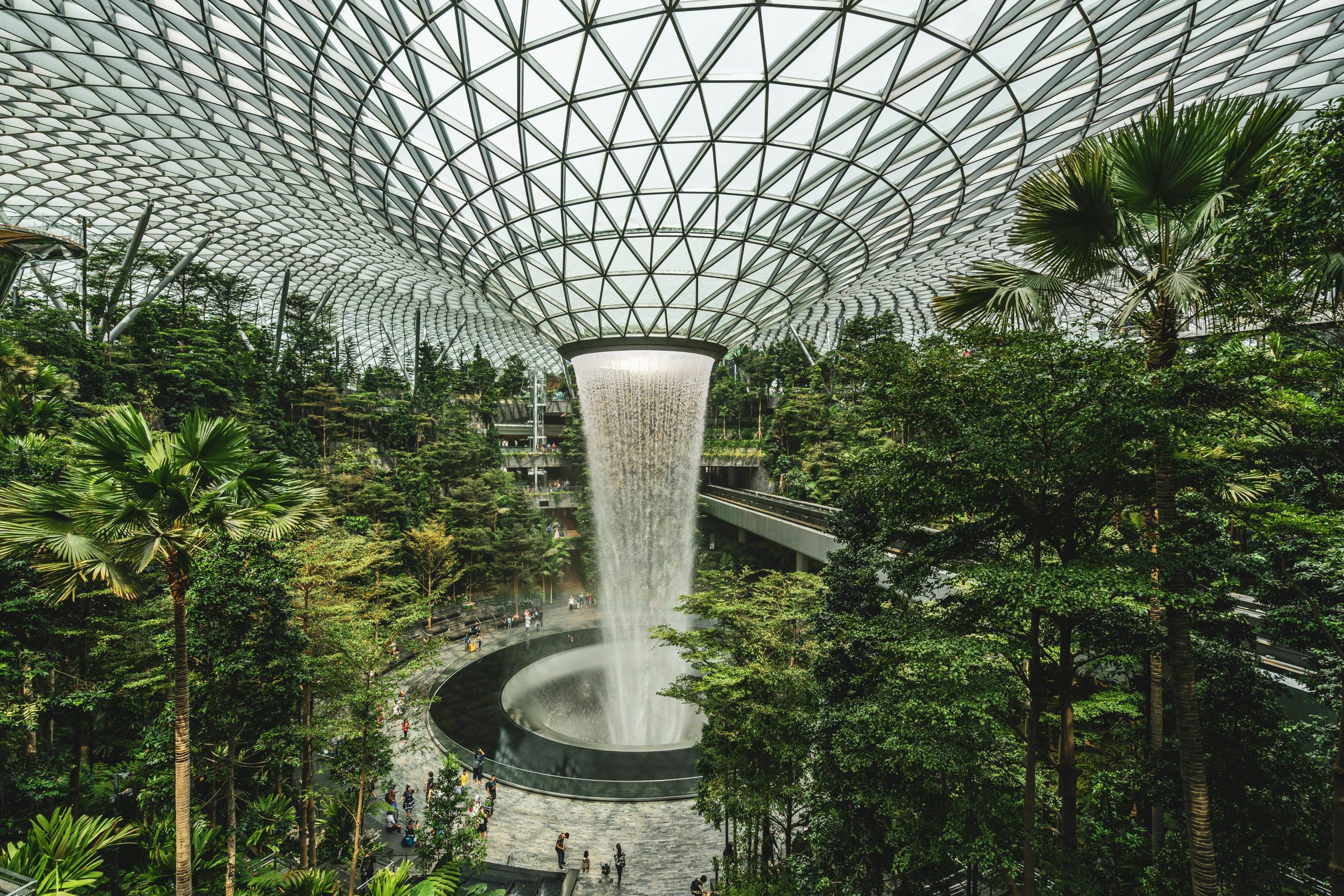
Khoo Teck Puat Hospital – Singapore
A hospital designed as a “healing environment” with green terraces, natural airflow, and garden views from every room.
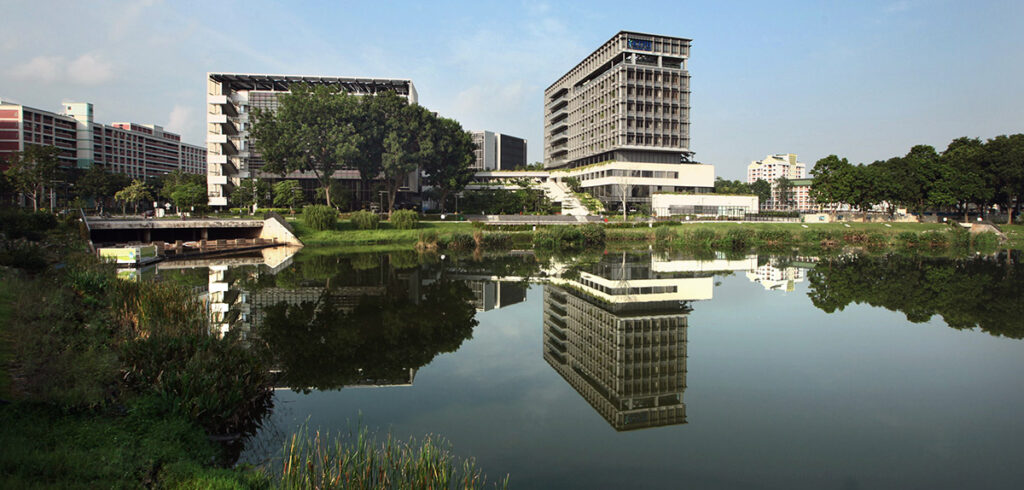
How to Apply Biophilic Design: 7 Key Strategies
Designing with biophilia in mind isn’t just intuitive—it’s actionable. Here are 7 proven ways to do it right:
1. Maximize Natural Light
Think large windows, skylights, sun tunnels. Orient buildings to catch morning or afternoon light. Bonus: it aligns with circadian rhythms.
2. Ventilation and Airflow
Incorporate operable windows, cross-ventilation, and passive cooling techniques. People breathe easier—literally.
3. Use Natural Materials
From wood and bamboo to rammed earth and stone, raw materials ground a space in its environment.
4. Greenery and Plants
Indoor trees, green walls, rooftop gardens—but always context-aware. Native species are your best friend.
5. Water & Fire Elements
Think indoor fountains, ponds, fire pits. These features tap into our primal connection to survival and serenity.
6. Biomorphic Forms & Organic Shapes
Forget sharp lines. Use curves, patterns, and textures inspired by nature—they feel safer and more welcoming.
7. Spatial Layout Inspired by Nature
Design for “prospect and refuge”: open views with cozy protected spots. Use transitional spaces, layers, and gradients.
These strategies aren’t just about visual appeal, they’re about shaping experiences. When done right, biophilic design creates environments that feel intuitive, calming, and alive. But the impact goes deeper than aesthetics or comfort. The real magic lies in what happens inside our minds and bodies when we interact with these natural elements.
Beyond Plants: The Science Behind Biophilia
Here’s where it gets really interesting. Biophilic responses aren’t just emotional; they’re neurological and hormonal:
- Fractal patterns in nature help reduce stress.
- Prospect and refuge configurations make us feel safe and alert.
- Circadian lighting affects melatonin production, sleep, and energy.
Even hearing flowing water or seeing movement in shadows activates parasympathetic responses (the calm side of your nervous system).
Biophilic design is like giving architecture a nervous system upgrade.
Biophilic Design and Sustainability: A Natural Partnership
Biophilic design doesn’t just feel good—it does good, too. It goes hand-in-hand with sustainable architecture by embracing nature in ways that benefit both human well-being and environmental performance. When you integrate natural systems into the core of a building’s design, you’re not only nurturing the people inside, but also reducing the structure’s impact on the planet.
By incorporating smart strategies like:
-
🌿 Natural ventilation, which reduces dependence on HVAC systems
-
🌞 Daylight harvesting, using sunlight to lower energy consumption for lighting
-
💧 Water conservation, through rainwater capture or low-flow fixtures
-
🧱 Reclaimed and locally sourced materials, which reduce emissions from manufacturing and transport
…you create a building that’s more efficient, resilient, and responsible.
But it doesn’t stop there. Biophilic design naturally aligns with top green building certifications like LEED, WELL, and Passive House. These frameworks all emphasize health, performance, and environmental consciousness—values embedded in biophilic principles from the ground up.
The result? Spaces that breathe, systems that conserve, and designs that inspire, all while reducing your carbon footprint and long-term operating costs. It’s sustainability made intuitive.
In short, biophilic design isn’t just an aesthetic, it’s a strategy for a smarter, greener future.
From Concept to Visualization: The Role of 3D Rendering in Biophilic Design
Here’s a reality check: Biophilic spaces can be hard to visualize on paper. Try explaining dynamic light, tree shadows, or natural airflow to a client with floorplans alone. Good luck.
That’s where high-quality 3D rendering becomes essential.
At Xpress Rendering, we create photo-realistic visuals that let you see how your biophilic concept breathes, feels, and transforms through light, greenery, and material.
Before you build it, you’ll feel it.
Ready to visualize your next biophilic project? Discover our 3D Rendering Services.
FAQs About Biophilic Design in Architecture
1. What is biophilic design in simple terms?
Biophilic design is the art and science of bringing nature into the built environment. In simple terms, it’s about creating buildings and spaces that make people feel connected to the natural world.
Think sunlight streaming through a window, a calming water feature in the lobby, or the soothing textures of wood and stone—all intentionally designed to boost mood, creativity, and well-being. It’s not just about what you see, but how you feel in a space.
2. Is biophilic design just adding plants indoors?
Absolutely not. While greenery is a popular element, biophilic design goes far beyond potted plants. It’s a holistic approach that includes natural light, ventilation, organic materials like wood and stone, flowing layouts, natural color palettes, and even sounds or scents that mimic nature.
The goal is to engage all the senses and create an environment that feels alive, refreshing, and emotionally supportive—whether it’s a quiet reading nook or a bustling office.
3. What types of buildings benefit most from biophilic design?
Nearly every type of building can benefit from biophilic principles. In offices, it reduces stress and boosts productivity.
In schools, it improves focus and learning outcomes. Hospitals see faster recovery times and reduced need for medication. Hotels enjoy higher room rates and guest satisfaction. And in homes, biophilic design brings peace, comfort, and mental clarity. From large commercial buildings to cozy apartments, the benefits of nature-inspired design are universal.
4. Can biophilic design work in small or urban spaces?
Yes—beautifully. You don’t need acres of forest to implement biophilic design. Even small or urban spaces can be transformed with thoughtful touches: skylights to bring in natural light, vertical gardens, indoor water features, natural materials, or even curated views of nearby trees or skies.
Creative architecture and interior design can bring nature into even the most compact environments, making city living feel more grounded and human.
5. How can 3D rendering help with biophilic design projects?
3D rendering is a game-changer for biophilic design. It lets architects, developers, and clients visualize how natural elements will interact with the space—before a single nail is hammered. With advanced rendering tools, you can preview sunlight movement throughout the day, experiment with materials like wood or stone, or simulate open-air ventilation and green walls. At Xpress Rendering, we help bring biophilic concepts to life in photorealistic detail, helping you fine-tune your design and make smarter decisions faster.
Designing for Human Nature
Biophilic design isn’t about aesthetics. It’s about survival. Comfort. Identity. Wellness.
In a time where digital overload and concrete jungles dominate, this approach brings back what we’ve always needed: connection.
So whether you’re developing a high-rise, a public park, a school, or your own dream home—start with nature, and the rest will follow.
Want to make your next project not just beautiful, but alive?
Let’s bring your vision to life → Get Your Quote.

